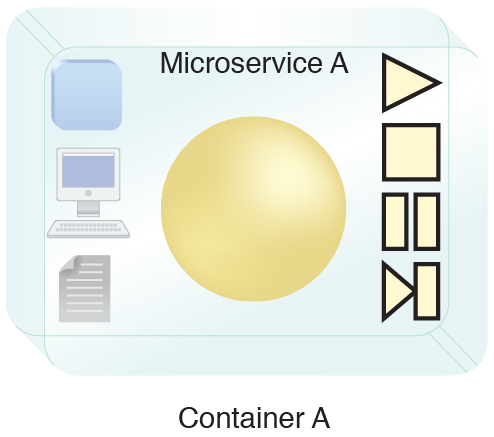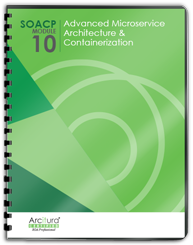Microservice and Containerization Patterns > Fundamental Microservice and Container Patterns > Rich Container
Rich Container (Erl, Naserpour)
How can the features and functions of a container be extended to support a broader range of requirements?

Problem
Solution
Application
The microservice is deployed in a rich container that can expose a set of additional features, including service-specific monitoring metrics, microservice health status, threads, stack, lock contention, network message statistics and configuration information.

Microservice A is deployed inside a rich container that provides extra features and can provide additional information about the microservice.
The container, as well as Service A that is deployed inside the container, can be stopped, started, paused and resumed. In addition, access to extended features is granted via the extended or advanced capabilities and features offered by the container engine, including service logs and monitoring information for monitoring the service status and health.
This pattern is applied using an advanced container engine, as explained in the complete pattern description.
This pattern is covered in Module 10: Advanced Microservice Architecture & Containerization..
For more information regarding microservice and containerization courses and accreditation,
visit the Microservice Architect Certification program page..
